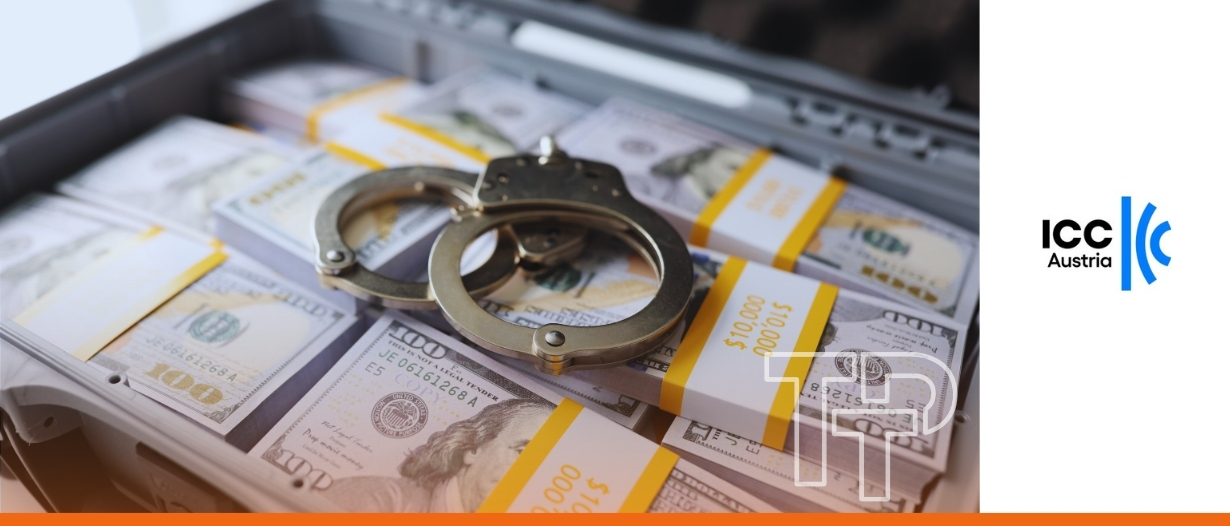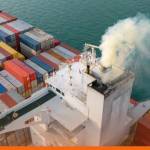‘Causation’ is key as Singapore Court clears ex-director of $146 million trade finance liability
Deepesh Patel
Jun 05, 2025
 David Cuckney
Jun 04, 2025
David Cuckney
Jun 04, 2025

Fraud in international trade once involved swapping out cargo, misreporting shipments, or falsifying the port of call. For today’s breed of fraudster, however, the manipulation lies within the documents themselves.
According to data from the International Maritime Bureau (IMB), the number of suspicious documents identified by by its worldwide banking membership was 17.3% higher in Q1 2025 than it was in Q1 2024, which itself was 12.3% higher than Q1 2023.
To learn more about how fraud is evolving in trade finance and what the industry can do about it, Trade Treasury Payments (TTP) Editorial Director Deepesh Patel spoke with David Cuckney, Assistant Director of the IMB.
In the past, physical inspections of a shipment could reveal missing goods, altered contents, and wrong quantities, raising awareness that something might be amiss with a shipment.
Cuckney said, “Traditionally, trade finance fraud involved issues with the physical cargo, whereas now the fraud is in the documents. Are they issued by an authorised person? Do they truly represent title to the cargo? And can any stakeholder rely on them for security or collateral?”
As fraud has moved upstream and into the documentation process, bills of lading (which act as proof of shipment and ownership) have become the new favoured target.
Cuckney added, “There is no uniform standard for a bill of lading. They come in various different templates, various different styles, which makes it very difficult to look at a document and definitely say that there’s a problem.
The lack of standardisation gives fraudsters an opportunity, though there are some common signs of deception that can help. For example, inconsistencies in the fonts and ink colours or poorly placed stamps can be indicators, though often, these details seem minor or even accidental, and can be easy to miss.
According to a report provided to TTP by the IMB, 48.9% of all suspect bills of lading in Q1 2025 were for shipments from mainland China, on par with levels seen in the same time period the year prior. Shipments from the UAE and India both accounted for around 8%, an increase from 6.5% and 5.6%, respectively, seen in Q1 2024.
In some cases, the challenge lies now in confirming whether the documents in question are actually for a real shipment.
Fraud in international shipping can sometimes be a bit of a misnomer since fraudsters use transactions that involve no goods changing hands, no vessels sailing, and no buyers waiting at the other end.
Cuckney said, “They’re engaging in what’s known as paper trading, where you just shuffle copies of documents and present them to obtain finance and working capital. The practice is as old as time.” Whilst there is an underlying shipment, and a genuine trade, those involved in such schemes have no connection to it. They are effectively misappropriating the genuine trades of others and passing them off as their own.
These deals are designed to unlock financing, drawing in institutions that are too far removed from the shipment to know the difference. Non-bank financial players, particularly in the realm of supply chain finance, tend to be at a slightly higher risk of being defrauded in this way because their clients are often several steps removed from the physical cargo. That distance makes it easier for fraudulent actors to present fiction as fact.
The challenge is exacerbated by the surface legitimacy of many such operations. Some of the companies implicated in synthetic trades have long-standing reputations and can pass due diligence checks.
According to the IMB report, “The willingness of certain parties to misrepresent details on the BL at the request of their principals is becoming increasingly common and shows the lengths colluding parties will go to ensure their documents pass online and automated compliance checks.”
Collusion and deception are not always easy to prove in court, but their consequences are very real. Fraudsters exploit the grey areas, where trust is assumed and verification is light and by the time the fraud is exposed, it is often too late. The only question left to answer is who will absorb the losses.
Even when documents appear clean, the vessels carrying cargo may not be what they seem, especially as sanctions have created new incentives for deception.
Cuckney said, “We’re seeing more and more deceptive shipping practices. A vessel might be moved to specific locations at particular times, with the AIS tracking system turned on and off strategically to give the impression that the ship was where it was supposed to be. The goal is to create a false sense of legitimacy for anyone conducting a cursory review.
“In many cases, traders and shipowners collude to load sanctioned cargo at restricted ports, then sail offshore near other countries, loiter for a few hours to generate a plausible AIS signal, and sail off again. Sometimes they position themselves next to other vessels to create the illusion of a ship-to-ship transfer, even though nothing actually took place.”
An example given in the IMB report refers to “shipments of LPG [liquefied petroleum gas] allegedly loaded in … Iraq bound for Pakistan. Enquiries found the LPG was discharged in the correct quantities, but the tankers were not in Iraq when the cargoes were supposedly loaded. The tankers had ‘gone dark’ during the period the cargo was loaded, and the tanker’s operators were unwilling or unable to provide a reliable confirmation as to where the cargo was actually shipped on board.”
Banks relying on surface checks might never spot issues like this. The ship passed through the right waters, the paperwork looks good, and the funds are released, but the truth, often buried under layers of coordination, is far more complex.
The fraudster’s aim is usually to secure financing for a transaction by masking its true risk. Some banks would typically avoid certain deals due to sanctions exposure, but by concealing the cargo’s true origin (say, Russian oil), the fraudsters hope the transaction gets processed without raising red flags.
Digitalisation presents a fantastic opportunity to help mitigate fraud risk in the trade and shipping space, given how document-heavy they can be. The potential to improve efficiency, accelerate transaction times, and reduce processing burdens is significant.
However, when people talk about digitalisation or electronic bills of lading, there’s often an assumption that once everything goes electronic, fraud will simply disappear.
Cuckney said, “That’s not true at all. Any form of bill of lading, whether it’s paper or electronic, doesn’t guard against collusion, which is a primary concern. If a document sits on an immutable Ledger on the blockchain, if it’s fraudulent when it’s digitised, or the information on it is incorrect when it’s first issued, it doesn’t matter if it sits on the immutable ledger because it’s still incorrect.”
In fact, digital systems may grant easier access to platforms for those who already have the credentials to appear legitimate. Large trading houses with integrated shipping arms can issue their own documents. This creates a situation where the same group controlling the trade is also responsible for generating the documentation used to secure financing.
Digitalisation is a necessary step that offers significant operational benefits but it cannot replace critical thinking. Every document, whether paper or electronic, needs to be assessed on its own merits. As the tactics used become more complex and collusive, so too must the scrutiny applied by those financing trade.

Deepesh Patel
Jun 05, 2025
Trade Treasury Payments is the trading name of Trade & Transaction Finance Media Services Ltd (company number: 16228111), incorporated in England and Wales, at 34-35 Clarges St, London W1J 7EJ. TTP is registered as a Data Controller under the ICO: ZB882947. VAT Number: 485 4500 78.
© 2025 Trade Treasury Payments. All Rights Reserved.